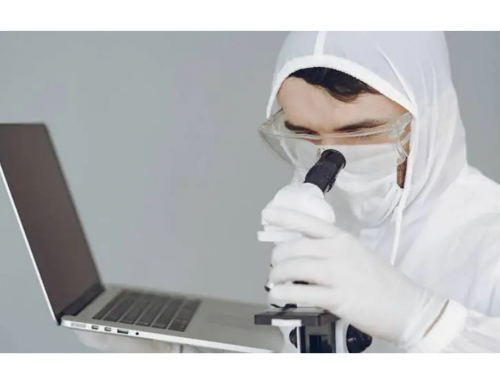The rapid progress that has been sweeping the field of crystal growth and related device technology is opening doors. Perhaps nowhere is the effect of this evolution being felt more than in the development of ultra-small structures whose material properties can be controlled on the nanoscale. The reason for this development: because solid-state nano-structures possess unique optical and electronic properties, they have the potential to be the launching pad of a new generation of devices.
Within the field, researchers are particularly focused on the properties of spins confined within the nano-structures – with the ultimate goal being to use spin nano-systems to develop, for example, robust quantum bits (qubits) capable of storing vast amounts of information. Here, the EU-funded S^3NANO project has successfully developed qubits in a new, innovative form. According to project researchers, these qubits could serve as the information units of the quantum computers of the future.
S^3NANO, which has recently published its full key findings, was a collaborative effort of studies and researchers. It brought together existing studies on the development of new device concepts in the field of few spin solid-state nano-systems with a team of leading international researchers and institutions. Over the course of four years, this ‘few spin solid state nano-system network’ achieved numerous breakthroughs in the understanding and successful utilisation of nanoscale systems in future devices via research, exchange programmes and training sessions.
The answer is in the hole
Before S^3NANO, qubits have only been available in the form of individual electrons. To create these electron-based qubits, an electron must be locked in what is called a quantum dot – a tiny semiconductor volume that spins the electron until it forms a small permanent magnet. Researchers can manipulate the spin by using an external magnetic field, with the direction of the spin being used to code information.
Even though this development was a significant breakthrough in itself, it was far from perfect. The problem with electron-based qubits is that the electrons themselves cause interferences that renders the information carriers difficult to programme and read. Thus, a better method was needed.
Taking the next step, the S^3NANO project helped find a solution. Researchers discovered that the key was to utilise electron holes, not electrons, as qubits. Instead of locking individual electrons in the quantum dot, the team decided to remove specific electrons. The result was the generation of positively charged vacancies within the electron structure itself, the so-called electron holes. As electron holes also have a spin, they can be manipulated via a magnetic field in order to code information.
However, unlike electrons, electron holes are positively charged, meaning they are decoupled from the positively charged nuclei that surround atoms – making them virtually immune against interference caused by nuclear spin.
The research continues
Researchers are enthusiastic about the high-quality quantum dots they have been able to develop, noting that they represent an important step towards being able to manufacture reproducible components based on quantum bits. However, since electron holes are more susceptible to being disturbed by warm temperatures than electrons are, their use is only applicable at low temperatures.
To address this shortcoming, as well as to carry the S^3NANO project’s efforts forward, in 2016 a successor network was launched. The Marie Sklodowska-Curie ITN Spin-NANO Network currently employs 15 PhD students.
Source: nanotechnologyworld.org






